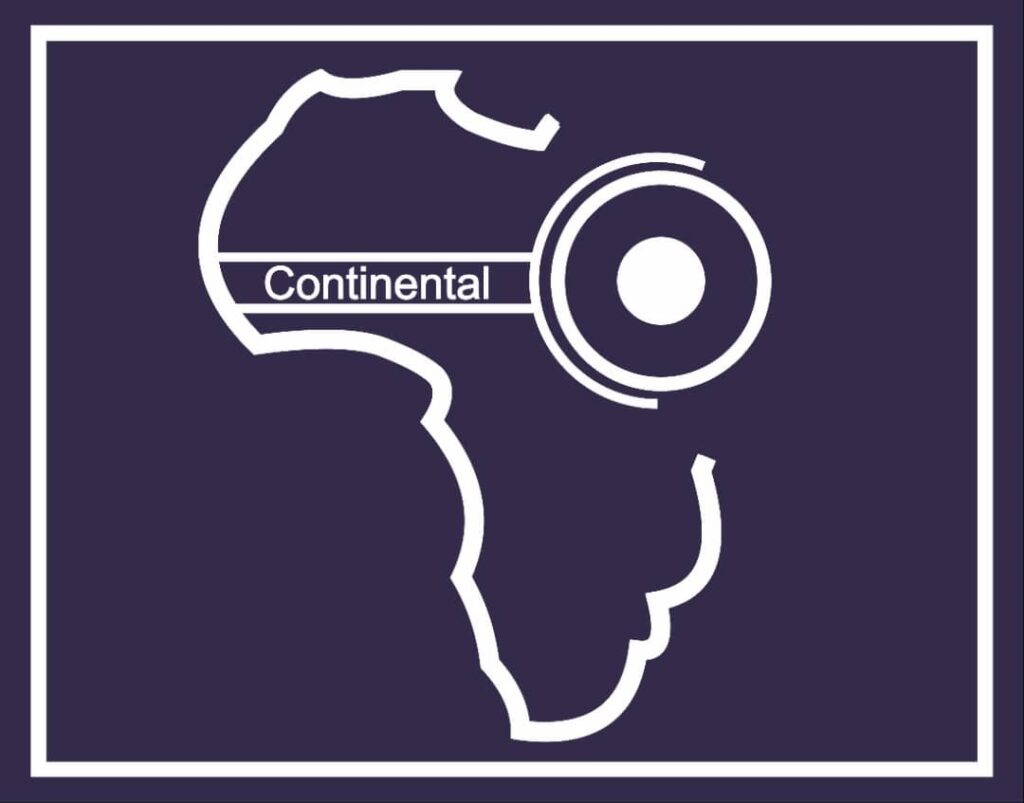CEM REPORT, FOOD| Nigeria, the world’s fifth-largest cocoa producer, is facing a double whammy – a significant reduction in cocoa output due to adverse weather and the looming threat of floods that could further cripple production.
A recent report by Bloomberg revealed warnings issued by the Nigeria Hydrological Service Agency (NIHSA) regarding potential severe flooding across the country’s primary cocoa-producing regions. These regions, including Ondo, Cross River, Osun, Oyo, Ogun, Taraba, and Delta, are responsible for a whopping 94% of Nigeria’s cocoa production.
“The planting of cocoa and the mid-crop harvest are expected to be disrupted by the impending floods,” stated Joseph Utsev, the Minister of Water Resources and Sanitation.
This comes on the heels of an earlier forecast for a reduced harvest due to adverse weather conditions.
“We are anticipating a challenging season for Nigerian cocoa,” said Mufutau Abolarinwa, President of the Cocoa Association of Nigeria. “The initial forecasts for the 2023-24 season were already adjusted downwards due to weather issues. Now, these potential floods pose a significant risk to our planting and mid-crop harvest.”
Reduced Harvest Expectations
Originally, Nigeria’s cocoa production for the 2023-24 season was projected to be between 280,000 and 300,000 tons. However, unfavorable weather conditions forced a revision of that estimate to 225,000 tons – a significant decrease of 20%.
“This reduction is a concern, but the potential flooding could be catastrophic,” Abolarinwa added. “The affected regions are responsible for a staggering 94% of Nigeria’s cocoa production. Disruptions there would have a major impact on our overall output.”
The impending floods, expected to last from April to November, could further exacerbate these challenges. This not only threatens Nigeria’s cocoa production but also has the potential to deepen the global cocoa shortage, which has already seen futures prices reach unprecedented levels.
Cocoa Shortage a Global Problem
Nigeria’s struggles are not happening in isolation. The top cocoa producers, Ivory Coast and Ghana, have also faced reduced yields due to similar challenges. This has created a global cocoa deficit that is expected to worsen significantly.
The International Cocoa Organization (ICCO) recently reported a projected deficit of 374,000 metric tons for the 2023-24 season. This represents a staggering 405% increase compared to the previous season’s deficit of 74,000 tons.

Impact on Consumers
The global cocoa shortage has already driven cocoa futures to record highs. This translates to potential price increases for chocolate consumers worldwide. European and American markets were already facing a shortfall of 650,000 to 700,000 tons as of April 2024. The situation in Nigeria could exacerbate this shortage, pushing prices even higher.
Read Also: Global Cotton Market Boom: Growth Opportunity for African Producers
Looking Ahead
The upcoming months are crucial for Nigerian cocoa production. The success of the planting season and the mid-crop harvest will determine the extent of the impact on the overall output. The Nigerian government and cocoa industry stakeholders are likely to take steps to mitigate the flood risks and support farmers.
However, the situation remains uncertain. Consumers can expect to see the effects of the global cocoa shortage reflected in chocolate prices in the coming months.








